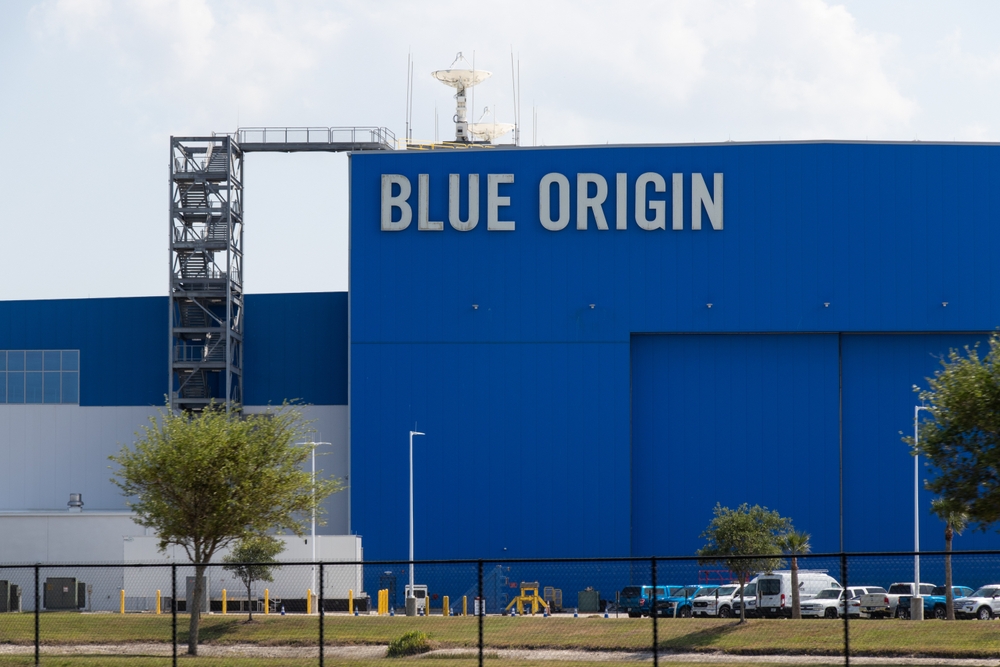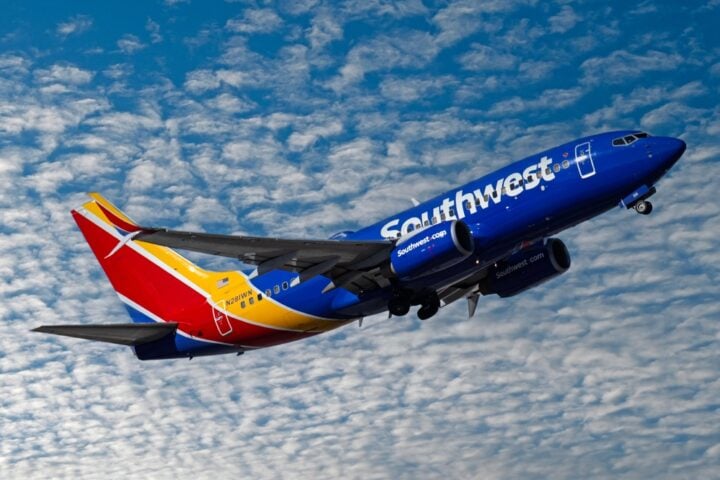The 320-foot-tall (98-meter-tall) New Glenn rocket successfully lifted off for the first time on January 16 from Florida’s Space Coast. The test flight achieved its primary objective, delivering a test version of Blue Origin’s new Blue Ring spacecraft platform into Earth orbit.
Booster Landing Attempt Falls Short
While the upper stage performed as expected, the first-stage booster failed to land successfully on a ship at sea. Blue Origin had anticipated this outcome, stating that a successful landing on the debut flight would have been an unexpected bonus. The company has since identified the likely cause of the landing failure and is working on improvements.
Investigating the Landing Issue
Blue Origin CEO Dave Limp shared insights into the booster’s performance at the 27th Annual Commercial Space Conference on February 12. “We weren’t able to get everything right to the engine from the tanks. And so we think we understand what the issues are,” Limp said. While he didn’t specify the exact issues, he described them as a combination of factors. The company is making modifications to the second New Glenn booster to enhance landing success.
Next Flight and Future Plans
Despite the booster setback, Limp emphasized that the necessary modifications are not complex and should not significantly delay future flights. “I don’t think it’s going to delay our path to flight. I think we can still fly late spring,” he stated.
Blue Origin has not yet announced what payload(s) will be included in New Glenn’s second launch. However, the company remains flexible, with Limp noting, “If it came to it and we just had to fly a mass simulator, we’ll fly a mass simulator.” The first three New Glenn flights are considered developmental, but commercial customers are lined up for launches starting with Flight 4.
New Glenn’s Capabilities
New Glenn has been in development for nearly a decade and is designed to carry up to 50 tons (45 metric tons) of payload to low Earth orbit (LEO). It features a 23-foot-wide (7-meter-wide) payload fairing, the largest of any operational rocket, providing substantial protection for satellites during launch.
With a successful first test flight completed and improvements underway, New Glenn is on track to become a major player in the commercial space industry. As Blue Origin prepares for its next launch, the company remains focused on refining its booster recovery process and securing additional payload opportunities.







